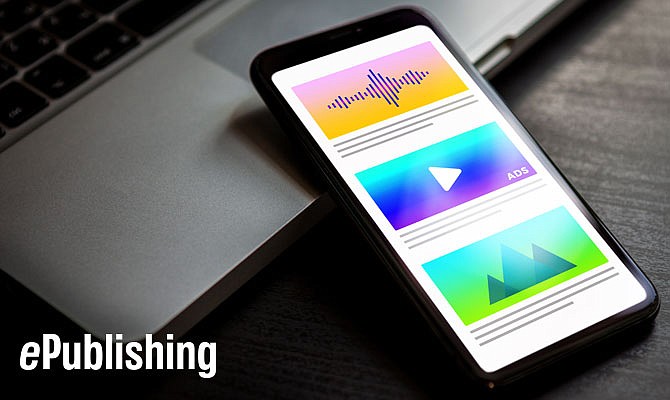
News
Ready to Try Infographics? 6 Steps To Get You Started
October 3, 2014

News
October 3, 2014
Infographics are a symptom of how readers communicate in our digital world—two minutes on Twitter, Pinterest or Instagram will likely prove that point. We’ve already talked about the benefits of using infographics as part of your content strategy and to be sure, they are an engaging, social method for reaching a large audience around a certain topic. But, it’s one thing to decide they should be part of your strategy; it’s another to execute. Here a few tips to get you going:
1. Choose Your Design Method, First. Depending on your resources, infographics may be something you can hand over to your designer, or they may be a DIY project. If you do have a designer to work with, make sure you are explicit when you send them your infographic profile.

If you don’t have a designer, there are ample tools out there in the big ‘ol digital world that you can work with.Piktochart is a favorite, as is Canva, but check out this list to find something that is best suited to your needs.
Regardless, once you have your design approach figured out, you can hit the ground running.
2. Do Your Research. This isn’t just about the information you’re providing; it’s also about what your audience wants. What floats their boat? Infographics are most effective when they convey a topic of high interest to your readers—in a creative way. Leverage your audience personas, do a keyword search for your topic of interest and find a strong theme that will resonate with your target readers. THEN, find strong statistics and information (delve a little deeper to find statistics that are not as easily accessible) from reputable sources.
3. Distill Your Information. Identifying your topic of choice is usually the easy part. The challenge comes when you have to be selective about what nuggets of information you will actually include. If you are getting overwhelmed with the info at your fingertips, that’s a good sign that you have entered a rabbit hole your readers may just ignore. Remember, to keep it simple, concise and scannable. Readers who go for infographics are looking for ways to get information quickly as well as demonstrate their expertise with easily shared information.
4. Cite Your Sources. As a publisher, this is likely second nature to you, but it’s worthy of a mention—not simply because it’s the right thing to do, but also because it increases the credibility of the infographic and can also encourage those sources to share.
5. Promote It! We talk about this a lot—it’s one thing to create content and another to give it legs. Your infographic should be promoted with companion articles that complement, not regurgitate the information. One critical step: make sure you include the embed code to help with sharing and posting on social media sites—especially those that focus on visual information, such as Pinterest. As Marcela De Vivo suggest on Social Media Examiner, post snippets of the infographic data on Twitter, find sites and communities that are dedicated to sharing infographics (like Infographics Plus), partner with bloggers, leverage social media ads and don’t forget about Pinterest boards.
6. Track it for Audience Insight. We mentioned this in our intro post to infographics, but tracking the success of your infographic teaches you how to improve and also teaches you more about your audience. Look at social interactions around it, monitor traffic back to the associated article (s) and look at organic search results. There are also several social engagement tracking tools—De Vivo suggest ShareTally and TrueSocialMetrics, along with others.
7. Bonus! Optimize it. Graphics must be scalable for viewing on mobile devices and lightweight to avoid getting hung up in spam filter. Be sure to use alt text and a search engine friendly url for maximum visibility, too.